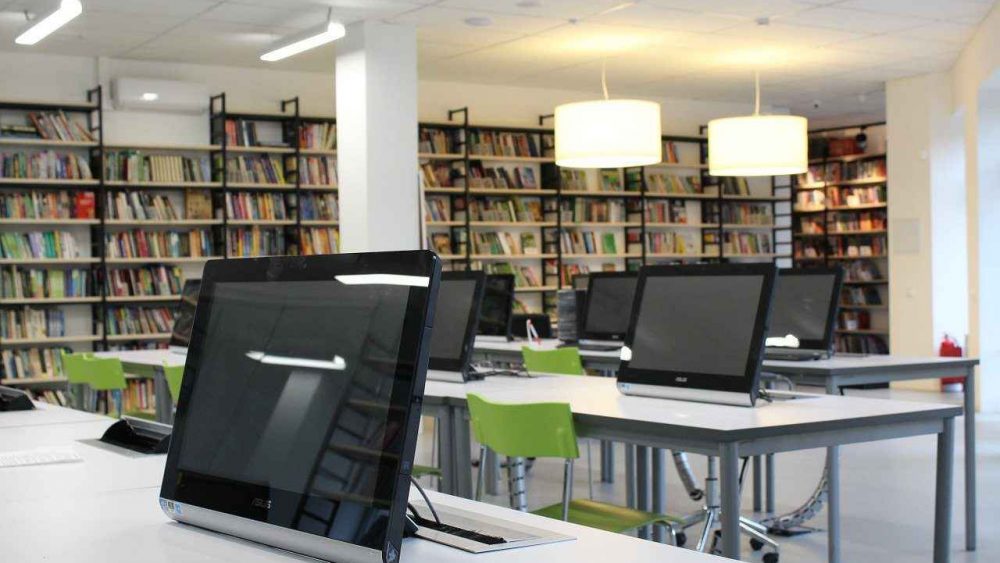This pandemic exposed a very poor infrastructure in supporting digital learning and access. Known as the “digital divide,” this term refers to unequal access between different groups who have, and do not have, access to technologies/Internet.
Now more than ever, schools, universities, and public libraries are hastily recalibrating and expanding their online services, resources, and learning to support their respective communities. We also find that many students, particularly students of color, students with learning differences, students with disabilities, and students experiencing homelessness, are greatly affected by this digital transition. Students may not have the appropriate technology resources to complete their school assignments and projects. Many telecommunication companies are identifying ways to support broadband access and learning, and schools and libraries are creating resources to promote digital access.
In this post, we’ll share some resources for you to consider in mitigating the effects of the digital divide that your communities of users may be experiencing.
- Technology Loaning: Hotspots, tablets, and laptops are increasingly in demand. Users, particularly students, who do not have access to the Internet or technology resources may greatly benefit from them. These resources are now purchased and loaned out. For example, California State University, Fresno, the New Jersey Public Library, and Oakland Public Library are loaning or donating hotspots to expand Wi-Fi access.
- Mobile Libraries as Hotspots: Public libraries are looking into ways to expand Wi-Fi services to areas that have limited broadband access. In addition, libraries that are closed due to the pandemic have left their Wi-Fi service on for patrons who might be able to access the Internet through proxy. For example, The Buckeye Public Library, Williamsburg Regional Library, and the Erna Ferguson Public Library have been expanding their Wi-Fi services for their communities through such approaches.
- Virtual Reference Assistance: Many libraries are providing 24/7 virtual services. More specifically, the librarians are providing online workshops in using and finding digital resources, copyright support, privacy awareness training, and more. In addition to digital literacy, librarians are developing ways to integrate library resources in online environments. Cornell University’s library team have been working tirelessly in consulting with users and providing digital access to a variety of resources.
- Document Delivery Services: IFLA’s (International Federation of Libraries and Associations and Institutions) Document Delivery and Resource Sharing Standing Committee just announced a new resource sharing service to support libraries during COVID-19. This new service is free for libraries retrieving articles managed by this global committee. For more information, see here.
These are some of the emerging services and strategies coming from libraries in support of their users during the pandemic and efforts in mitigating the digital divide. If you would like to keep up on broadband issues, be sure to check out the Benton Institute for Broadband & Society’s Coronavirus and Connectivity page for the latest information on how institutions and the government are working to expand broadband access during this time. As more services and resources become available, we will share them in upcoming posts.



